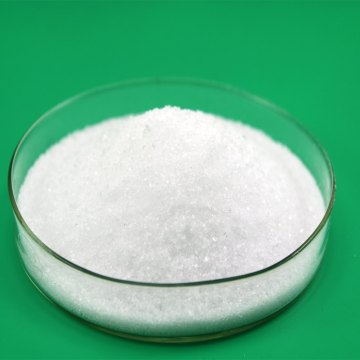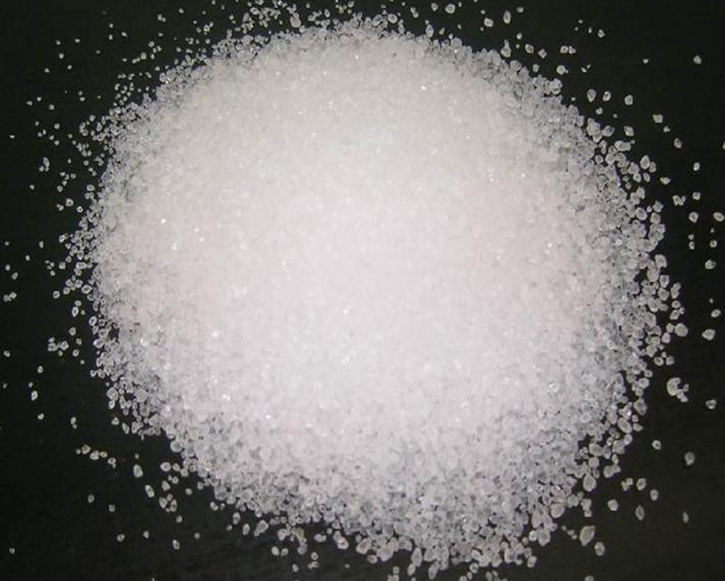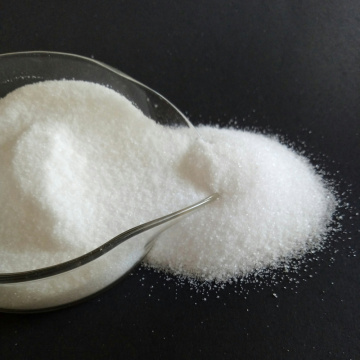
Citric Acid Mondydrate
(Total 5 Products)-
Brand:kopeoProduct information Name:Citric Acid Mondydrate Molecular Formula:C6H8O7-H20. Molecular weight:210.14 CAS:5949-29-1 Description of the product Product specification Appearance White crystal powder, colorless crystals or particles Main content %...
-
Brand:kopeoIntroduction of the product Forms in which Citric Acid exists: Citric acid can exist in anhydrous or monohydrate form. The crystalline form of citric acid varies according to the crystallization conditions, slightly weathered in dry air, hygroscopic...
-
Brand:kopeoIntroduction of the product Introduction to the analysis of Citric Acid Mondydrate Molecular formula: C6H8O7-H2O. Molecular weight: 210.14. Properties: density 1.54. melting point 135-152℃. Flash point 173.9℃. Water solubility 1630 g/L (20℃). It is...
-
Brand:kopeoCitric acid is the first major acid among organic acids, easily soluble in water, and is a natural preservative and food additive. According to its water content, it can be divided into Citric Acid Mondydrate and Anhydrous Citric Acid. It is the...
-
Brand:kopeoIntroduction of the product Name:Citric Acid Mondydrate Other Names:Citric Acid Monohydrate BP; citric acid free acid monohydrate*crystalline; Citric acid; 2-Hydroxy-1,2,3,propane-tricarboxylic acid, monohydrate and so on. Properties of Citric Acid...

Natural citric acid is widely distributed in nature. Natural citric acid is found in the fruits of plants such as lemons, citrus and pineapples and in the bones, muscles and blood of animals. Synthetic citric acid is produced by fermenting sugar, molasses, starch, grapes and other sugary substances.
Many kinds of fruits and vegetables, especially citrus fruits, contain high levels of citric acid, especially lemons and limes - they contain large amounts of citric acid, up to 8% after drying (about 47 g/L in the juice). In citrus fruits, the citric acid content ranges between 0.005 mol/L in oranges and grapes and 0.30 mol/L in lemons and limes. This content varies with different cultivars and plant growth conditions

Citric Acid is a ternary acid whose ionization constants at 25 °C are: pK1 = 3.13; pK2 = 4.76; and pK3 = 6.40. The two substances present in biological systems at a pH of about 7 are the citrate ion and the citrate monohydrate ion.






